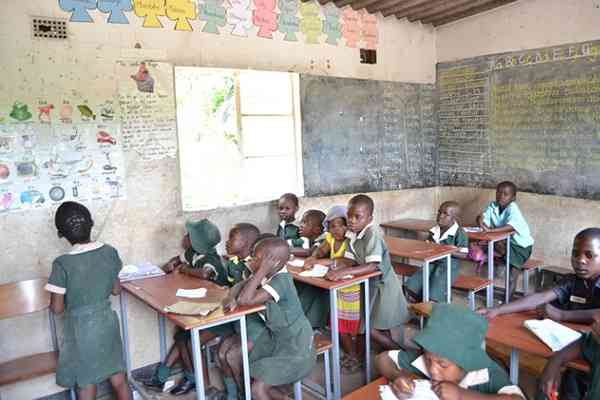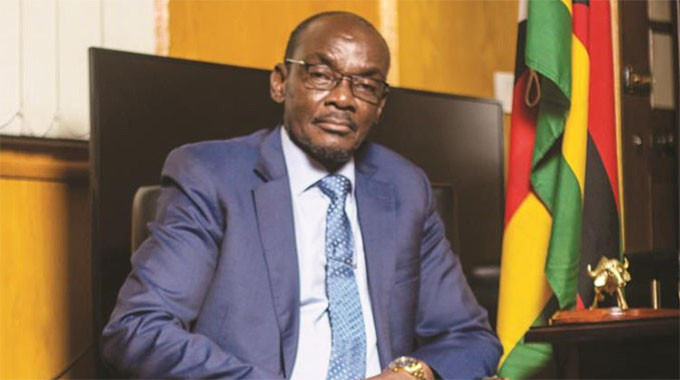
THE Standard edition of August 10-16, 2025 reported that the Primary and Secondary Education ministry threatened to dismiss teachers in Matabeleland South’s Bulilima district for recording a zero percent pass rate in the last five years.
There is, indeed, a picture emerging of subpar performance in this district and the pattern is worrisome to both proximal and distal stakeholders.
The ministry, rather than blaming teachers, should appreciate that the education of learners is an ecosystem that thrives on sound organisational practices, culture and resources.
It is the object of this opinion piece to broach possible factors accounting for this dismal performance in the district.
Before the ministry blames teachers for the poor performance of learners in the district, it is important to understand first the structural, behavioural and attitudinal conditions conducive to this abysmal performance.
The structural, behavioural and attitudinal variables can only be brought to light by way of researching what has necessitated this disturbing trend of poor results over five years.
It is important for the ministry to ring-fence economic resources for a toothpick analysis of the situation in the district.
Without a study to inquire into the zero percent pass rate, people can only speculate and, in the process, arrive at assumptions like the one that is already blaming teachers for the pellucidly worrisome performance.
- Looming showdown between teachers, Govt
- Domestic violence victim laid to rest
- Schools closure fuel drug abuse
- Riding roughshod on restive workers will backfire Mr President
Keep Reading
In the absence of an investigation into the underlying root causes of the zero percent pass rate, the blame-shifting game will continue to characterise explanations for the concerning performance.
My experiential and theoretical knowledge of teaching and learning reveals that teachers are not the only factor that can either make or break the performance of learners.
There are both internal and external variables that come into play to determine the performance of learners.
The internal factors relate to biological, emotional and psychological processes that can give learners the movere (motivation) to engage with their schoolwork without inducement.
These internal factors are examined, described and explained by psychologists such as Piaget and Bruner.
Bruner and Piaget are cognitivists who stoutly hold that learning is an individual affair that is triggered by internal thought processes and that human beings act according to their mental processes of phenomena.
This line of argument sees learners as key, if not primary, actors in their education and teachers as just providing guidance and direction.
On the other hand, behavioural psychologists intimate that human behaviours are externally motivated.
The external environment for learners, therefore, may constitute teachers, culture, parents, peers, siblings, infrastructure, models, books, geo-location, libraries, computers, smart phones and electricity, rewards and inducements, among others.
Psychologists like Pavlov, Skinner and Watson are associated with behavioural psychology and in the case of this Bulilima brouhaha, teachers may be viewed as trouble causes or instigators of the poor pass rate.
It is important to highlight that unless a full investigation has been done to account for the subpar performance in this district, teachers cannot be solely held responsible for the zero percent pass rate because they are not the only ones that constitute the external environment of the learners.
There are parents, there is the Primary and Secondary Education ministry , there is long distance that children walk from their homes to school, there is the economy that is in the tubes that has failed to provide electricity, libraries, decent classrooms, there is a high teacher-pupil ratio and there is high attrition of the teaching staff in the district.
Nothing destroys a school climate or culture like high staff turnover, which has since characterised this district.
Students in this district experience energy poverty; they cannot do their homework at night, as there is no electricity and their schools also do not have electricity to spur both creativity and innovation.
Children in rural areas usually miss their childhood, because they take on adult responsibilities right from their formative years.
For example, they are involved in adding value to the household economy by engaging in economic activities like agricultural work, domestic work, vending, mining and quarrying and cattle herding, among other responsibilities.
Although the Primary and Secondary Education ministry cannot be a passive custodian of error, it has to appreciate that teachers are not like carpenters or builders who deal with inanimate things that have no consciousness.
For example, a carpenter would produce a cosy table and a builder can construct a beautiful house according to a given a plan, but a teacher, even with a course outline or a syllabus, may not produce the intended result because he or she deals with human beings who have moods, different levels of motivation, cultures that influence behaviours, backgrounds that determine their direction, health conditions and girls who experience period poverty that may lead to erratic school attendance.
The status of teachers in this district on its own may also serve as a primary demotivator for learners.
Teachers in the district are knee deep in poverty; they have no cars, and neither do they own bicycles.
Learners do not look up to them as models; rather, they envy their brothers and sisters who dropped out of school and joined the bandwagon to South Africa for greener pastures, who are coming back home during holidays, driving sleek cars.
In addition to the reference to theories that were cited above as accounting for the motivation of learners, there is also the social cognitive theory that combines the theories of cognitivism and behaviourism in explaining, describing, analysing and predicting human behaviour.
This theory is by Bandura and argues that internal and external processes can combine to influence the performance of human beings.
This theory implies that both the internal and external environments of the district under discussion should be mutually constitutive and reinforcing in helping students in the district to do better than their current performance.
Parents, teachers, the ministry, civil society groups, learners, local leaders, private sectors and intergovernmental organisations (Unicef, Unesco) and diasporas should come together to put in place the necessary social infrastructure like libraries, classroom blocks, laboratories, teachers’ houses, electricity, laptops and boreholes to create a conducive environment to learning.
The education of learners in Bulilima should be seen as a natural meeting ground for both State and non-State duty bearers.
The argument that has been advanced in this opinion piece constitutes claims that will need to be validated by research to explore the structural, behavioural and attitudinal conditions conducive to the zero percent pass rate in the district under discussion.
- Nicholas Aribino is an inclusion and development specialist. He writes here in his personal capacity.










